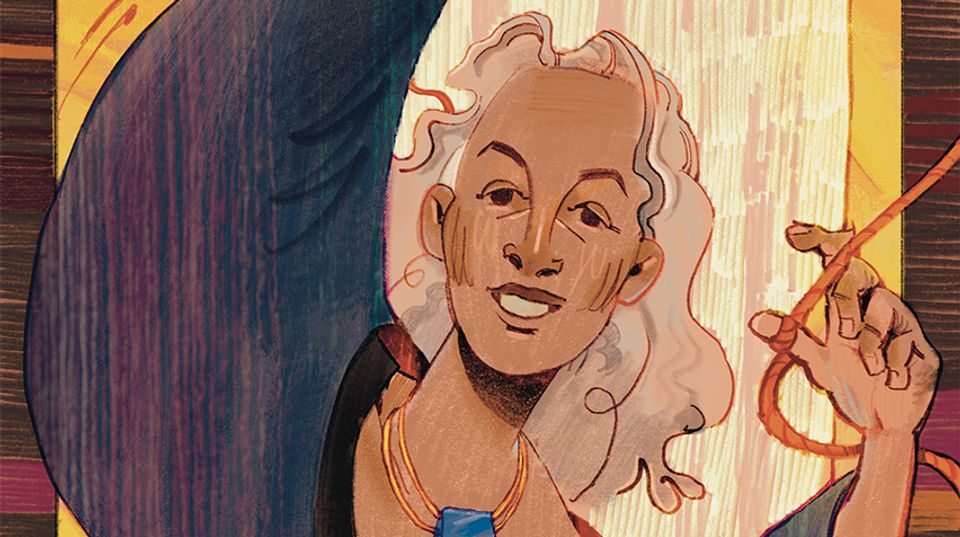
One of Chicago's contemporary galleries hosts the photography of Harvey Opgenorth. In his Museum Camouflage series, his guerilla tactics appropriate museum-hung masterworks by artists ranging from Christopher Wool to Henri Matisse: he stands in front of the works wearing clothing painted to match the compositions and photographs the result. Opgenorth introduces an element of wordplay by adding "camouflage" to his "guerilla" photographs. He also references a long, art-historical tradition that touches on nature, optics, and technology.
Invariably the intersection between art and the military dress designed to conceal brings to mind Andy Warhol's Camouflage series, executed in 1986, just one year before his death. (A superlative example can be found on this Russian-language Andy Warhol Foundation page.) But camo owes its creation to the arts. The painter and hobby-naturalist Abbott Handerson Thayer compiled a text called Concealing Coloration in the Animal Kingdom, for which he painted examples of camouflage in nature. His work contributed directly to the military's adoption of camouflage dress, as Emily Gephart explains in Cabinet Magazine:
Thayer's beliefs about disruptive patterning and coloration finally did find considerable practical use in the development of military camouflage. While the U.S. government had been resistant at the turn of the century to Thayer's exhortations that "ruptive" or "dazzle" camouflage could be useful in wartime, by the advent of World War I, they became a receptive audience. A special group of artists, designers, and carpenters designated Company A of the 40th Engineers was enlisted as the "Camouflage Corps," to study and implement the principles of concealing coloration. The group included several of Thayer's colleagues, students, and friends. Thayer's last article on the principles of camouflage was dedicated to elaborating the ways in which optical effects could be used by the Allied forces to confuse enemies on both land and sea. Thus, although not himself an active member of the team who developed military camouflage, Thayer's beliefs about disruptive optics found both staunch support and pragmatic use.
This is a unique example of appropriation traveling full circle: from artist to military application, and to a different artist almost a century later.


















